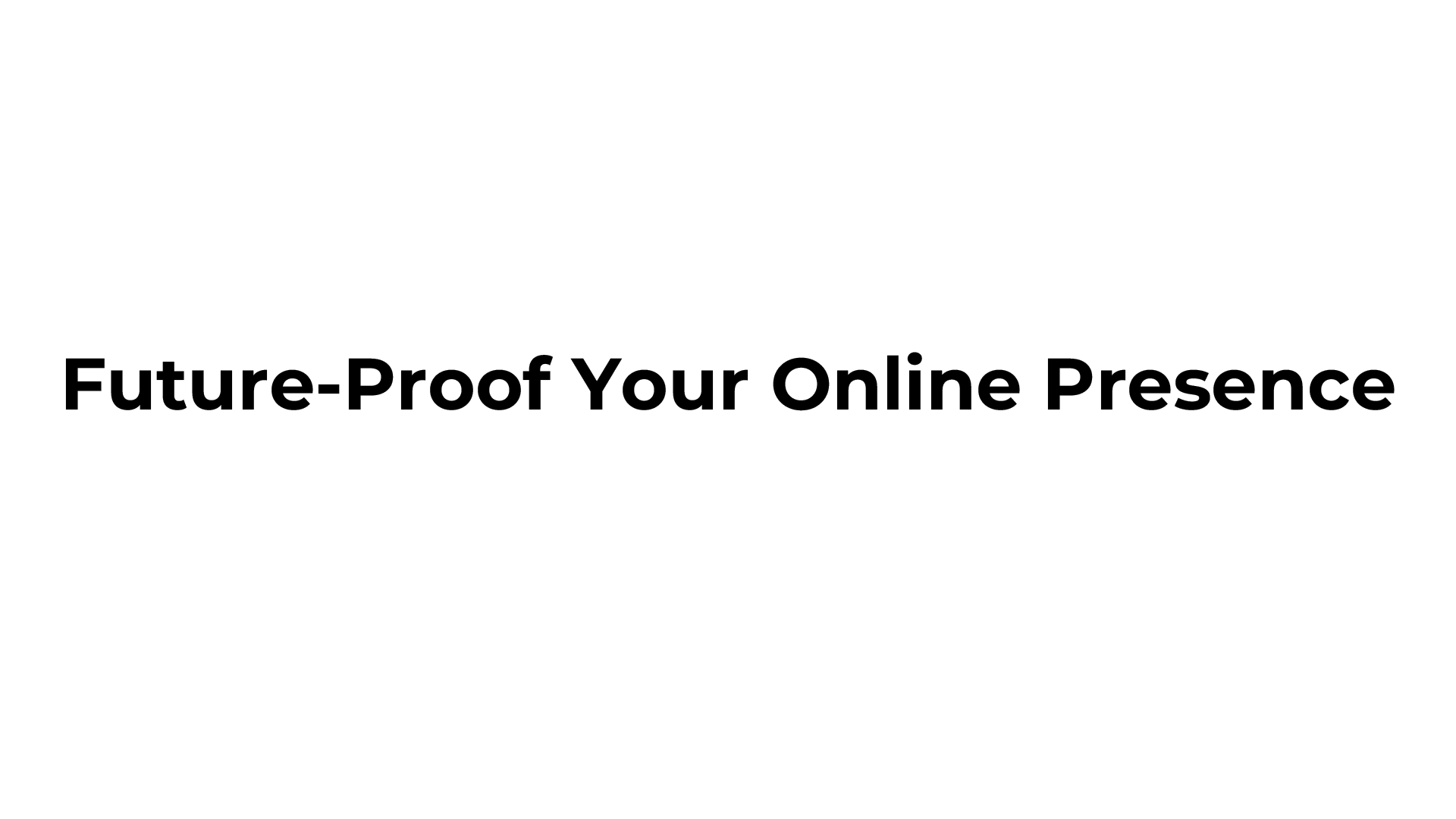Web Design Trends 2025: How to Future-Proof Your Online Presence
Introduction
In the ever-evolving digital world, staying ahead of the curve is more crucial than ever. As we look toward 2025, web design is not just about aesthetics—it’s a strategic tool that can make or break your online presence.
Businesses and individuals must adapt to the latest trends to remain competitive and relevant. This comprehensive guide explores the emerging web design trends for 2025 and provides actionable insights to future-proof your online presence.
Understanding the Importance of Web Design in 2025
The digital landscape is continually changing, and web design plays a pivotal role in how your audience perceives your brand. A well-designed website:
- Enhances user experience
- Boosts engagement
- Drives conversions
As technology advances, so do user expectations. By embracing the latest web design trends, you can create a seamless and engaging experience that meets these expectations.
Emerging Web Design Trends for 2025
Minimalist Design with a Focus on Functionality
Minimalism continues to dominate the web design scene, emphasizing simplicity and intuitive navigation. In 2025, minimalist design will further merge with enhanced functionality.
- Example: Websites with clean layouts and direct paths to user goals, eliminating distractions.
Dark Mode and Eye Comfort
Dark mode isn’t just stylish—it’s essential. With screen time rising, users seek visual comfort and battery efficiency.
- Example: Sites with light/dark toggle switches, giving users control over their viewing experience.
Immersive 3D Visuals
3D visuals are revolutionizing web interactivity by offering depth and realism.
- Example: E-commerce sites displaying 360° views of products, enriching the buying experience.
Voice User Interface (VUI)
Voice integration is rapidly becoming mainstream thanks to smart devices.
- Example: Websites supporting voice commands for search, improving accessibility and speed.
AI and Machine Learning Integration
AI and ML are powering hyper-personalized user experiences based on real-time data.
- Example: Online stores recommending products based on individual behavior and preferences.
Sustainable Web Design
Green design practices are on the rise, with a focus on reducing digital carbon footprints.
- Example: Lightweight code, optimized images, and eco-friendly hosting to build energy-efficient websites.
How to Future-Proof Your Online Presence
Embrace Responsive Design
Your site must adapt seamlessly to desktops, tablets, and mobile devices.
- Tip: Use tools like Google’s Mobile-Friendly Test and adjust layouts for all screen sizes.
Prioritize Accessibility
Inclusive design ensures your website is usable by everyone, regardless of ability.
- Tip: Add alt text to images, support keyboard navigation, and use accessible color contrasts.
Focus on Speed and Performance
Users expect instant access—speed is crucial.
- Tip: Compress images, minimize plugins, enable lazy loading, and use CDNs for faster delivery.
Invest in Security
Trust starts with protection. Keep user data safe.
- Tip: Use HTTPS, install firewalls, and conduct regular vulnerability checks.
Regularly Update Content
Active websites perform better in both engagement and search rankings.
- Tip: Maintain a content calendar for blogs, updates, or new products/services.
Conclusion
Staying ahead in web design is about more than just trends—it’s about strategically integrating design choices to enhance user experience and meet business goals.
By adopting minimalist layouts, dark mode, immersive visuals, VUI, AI-powered personalization, and sustainable practices, you’ll position your website for long-term success.
Don’t wait—start future-proofing your online presence today!
Call to Action:
🎯 Ready to transform your web design and stay ahead in 2025?

